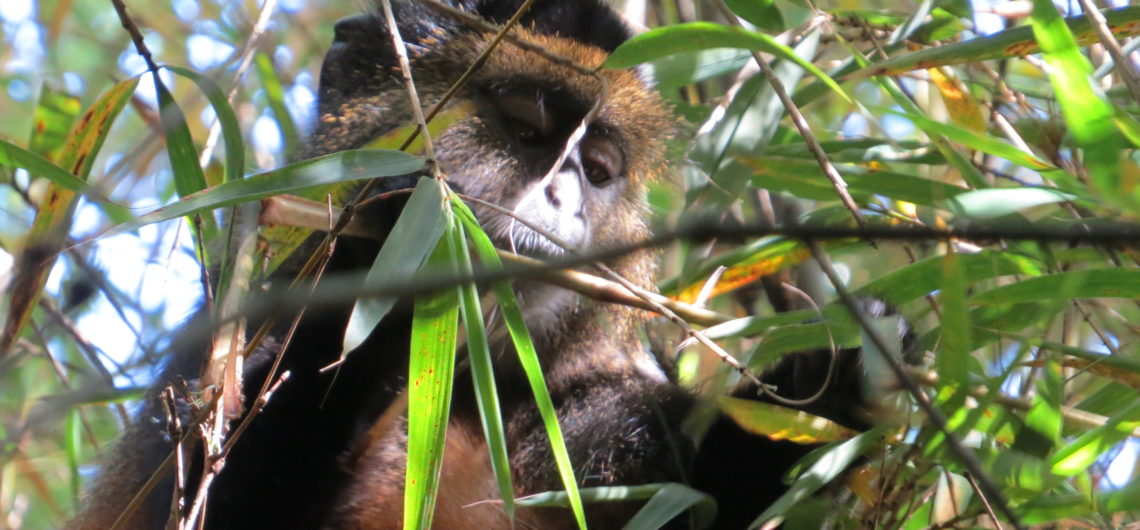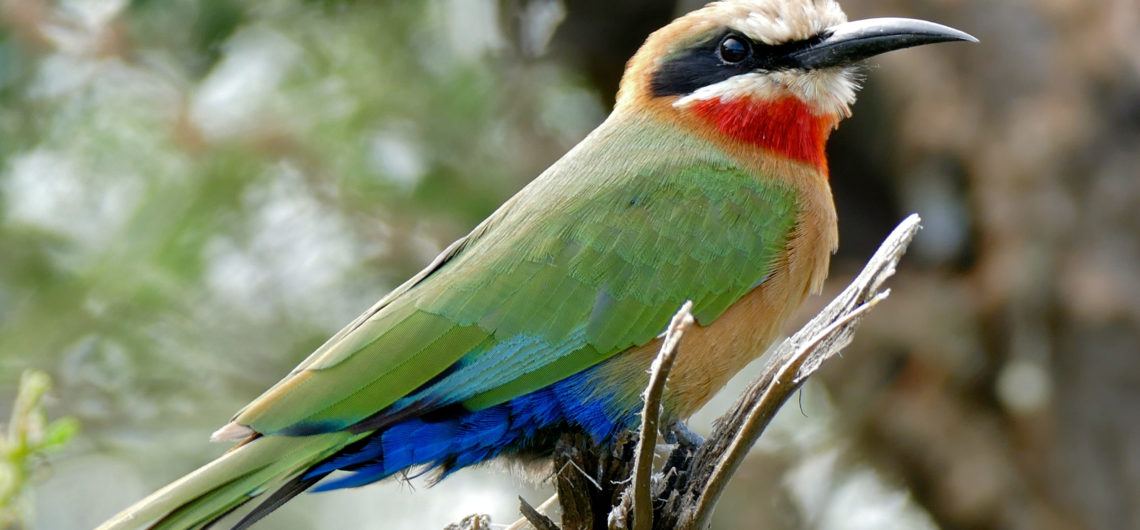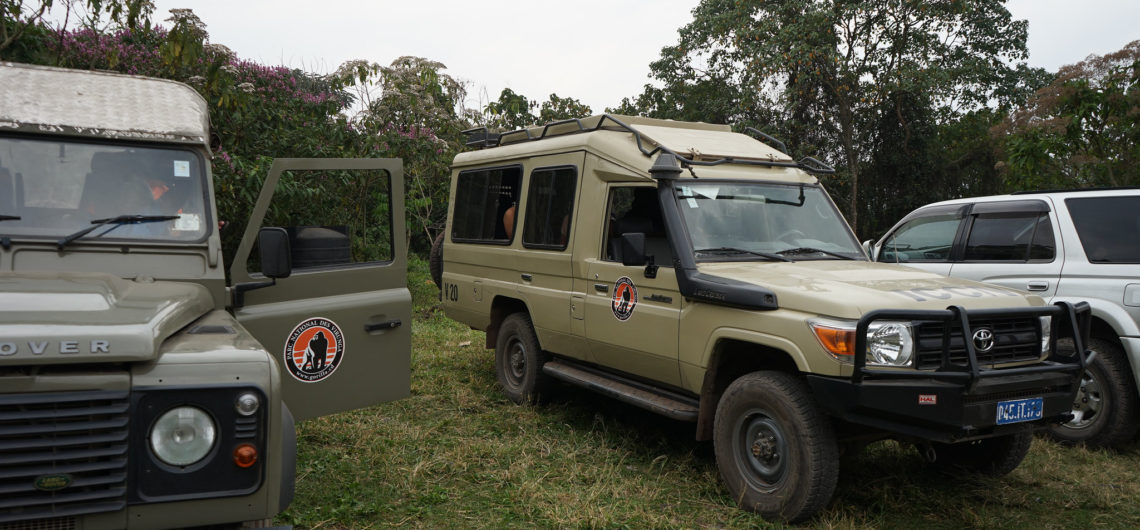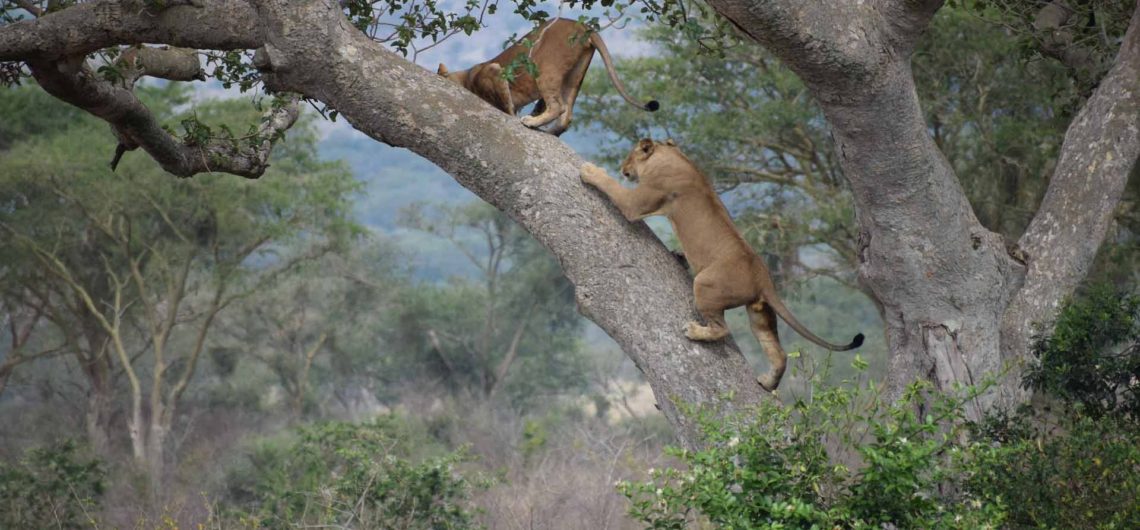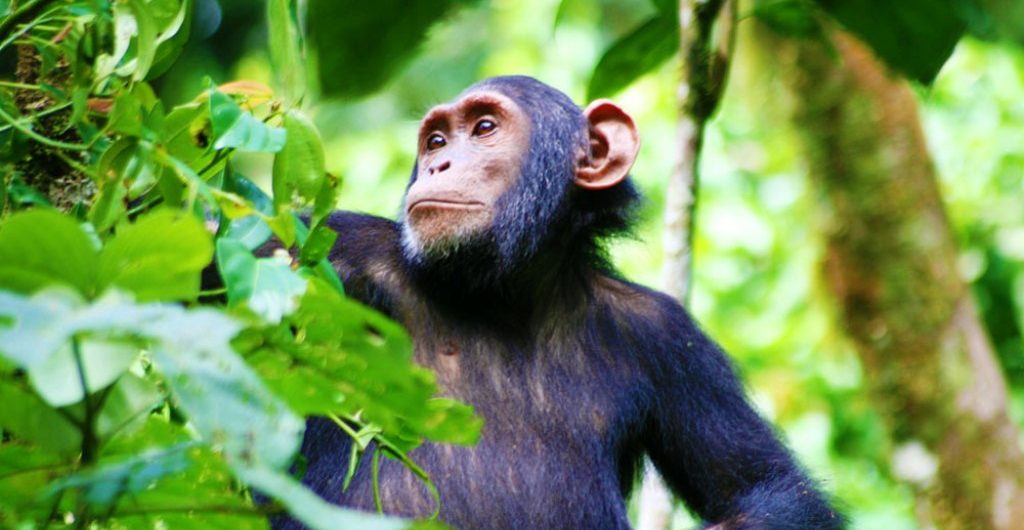A First timer’s guide to Uganda- and what to expect Uganda is a landlocked country situated across the equator in East Africa. Due to its geographical location, a Uganda safari is one of the best things you should not miss while in East Africa, with dry and rain seasons in a year. North eastern parts, Karamajong region experiences dry spells in its semi-arid Kidepo valley national park the true African wilderness. In the western region where the altitudes are high, cold weather and high amounts of rainfall are expected due to tropical rainforests such as Bwindi impenetrable forest national park and the large amounts of snow on the peaks of Ruwenzori Mountains. Uganda is a country of diverse wildlife and culture and is commonly referred to as the pearl of Africa. In the travel media, Uganda is well known for its mountain gorillas and most visitors would travel to this beautiful country mainly for gorilla tracking experience. There are 10 national parks and 13 wildlife reserves protecting diverse wildlife including more than 1000 species of birds and big 5 mammals. There are also interesting geographical points such as the official source of the Nile the world’s longest river and Lake Victoria the largest fresh water lake with tropical islands. Beyond the wildlife and natural beauty, the people of Uganda are very friendly and welcoming and their country is politically safe and secure for travelers. You can obtain visa on arrival at Entebbe international airport given you have your documents, apply online or at Uganda diplomatic embassy, thus traveling to Uganda is hustle free. The capital city Kampala is located 40 km away from the airport. When traveling to Uganda for the first time, you need an understanding of what to expect on a trip. You could land on information that’s
A First timer’s guide to Uganda- and what to expect
Uganda is a landlocked country situated across the equator in East Africa. Due to its geographical location, a Uganda safari is one of the best things you should not miss while in East Africa, with dry and rain seasons in a year. North eastern parts, Karamajong region experiences dry spells in its semi-arid Kidepo valley national park the true African wilderness.
In the western region where the altitudes are high, cold weather and high amounts of rainfall are expected due to tropical rainforests such as Bwindi impenetrable forest national park and the large amounts of snow on the peaks of Ruwenzori Mountains.
Uganda is a country of diverse wildlife and culture and is commonly referred to as the pearl of Africa. In the travel media, Uganda is well known for its mountain gorillas and most visitors would travel to this beautiful country mainly for gorilla tracking experience. There are 10 national parks and 13 wildlife reserves protecting diverse wildlife including more than 1000 species of birds and big 5 mammals. There are also interesting geographical points such as the official source of the Nile the world’s longest river and Lake Victoria the largest fresh water lake with tropical islands.
Beyond the wildlife and natural beauty, the people of Uganda are very friendly and welcoming and their country is politically safe and secure for travelers. You can obtain visa on arrival at Entebbe international airport given you have your documents, apply online or at Uganda diplomatic embassy, thus traveling to Uganda is hustle free. The capital city Kampala is located 40 km away from the airport.
When traveling to Uganda for the first time, you need an understanding of what to expect on a trip. You could land on information that’s little confusing about the political situation. But if dealing with the right kind of tour operators, your research will pay off. And you will arrive in Uganda aware of the culture, common words in local language and the nature of transportation.
Survival tips for a Uganda safari
Don’t show off your valuables such as money, smartphones, computers or cameras. Keep all your belongings and don’t leave them un attended in public places.
Carry cash in dollars and local currency Uganda shillings because payments in local markets, craft shops are made both in cash but credit cards are also use in lodges and hotels.
TRANSPORTATION IN UGANDA
Uganda now owns a national carrier in Uganda Airlines . However there are several airlines which travelers use to fly to Uganda including Rwanda Air, Ethiopian Airlines, Kenya Airways, Emirates, Brussels, British airways, Royal Dutch among others.
Upon arrival, most travelers spend their first day/ night in Kampala city or Entebbe town which is an opportunity to explore Kampala or Entebbe by night. The following day you embark on a safari to your destination.
Getting around the country is reasonably easier with many tarmac roads and highways linking national parks and remote areas. While major roads are tarmac, it is not the case you expect to drive on rough dirt roads connecting national parks with dust and mad if it’s a rainy season.
And also expect long journeys from one destination to the other. However, in between long drives, you find amazing stopovers and en route attractions. For instance, Kampala to Bwindi national park in southwestern Uganda can take 9-10 hours’ drive.
Depending on the nature of your trip, there are options to travel around. Most tourists use private tour companies which provide a car with a tour guide/driver to take you on a trip.
There also public buses which can be used from Kampala going to different parts up country if you know where to get off. Payments are made in Uganda shillings as you enter the bus you are given a receipt which you must keep for verification.
Taking taxis in Kampala. There are two different taxis; the public taxis and private carbs. Carbs are highly recommended for visitors especially for pick up at Entebbe airport. Carbs are also good for privacy and safety.
When you are in Kampala, you will encounter traffic jam in the morning or evening hours. Bodaboda/ motorcycles are the most reliable and efficient way to beat traffic. Local people use Boda or taxi apps such as Uber, Safe Boda, Taxify which you can download and order a ride online at ease.
LANGUAGE
English is the official language of Uganda however local languages like Luganda is widely used too. Other international languages like French, German and Chinese are taught in schools and they are hardly spoken save for a few special linguistic tourist guides. No matter the language, Ugandans are always willing to help tourists out of any situation.
As a survival tip, we encourage travelers to try hard and master a few local language phrases such as greetings in Luganda.
ACCOMMODATION
There are different types of accommodation in Uganda. In Kampala and around Entebbe town there are a variety of accommodations ranging from budget friendly hotels, mid-range and deluxe to luxury hotels.
In and around Uganda national parks, accommodations are unique. There are lodges, tented camps with traditional style such as grass thatched lodges, home stays which offer a taste of Uganda culture. Most accommodations provide free Wi-Fi in the main lounge but rarely in rooms. For those who prefer low cost accommodations, there are also guest houses.
The service level and amenities are different depending on the type of the accommodation. Generally amenities provided in rooms include drinking mineral water, sandals, bathing soap, bath tabs services. Personal items like tooth brushes are not provided.
WHERE TO VISIT
The best places for safari are the Uganda national parks where visitors enjoy wildlife viewing and natural scenery. The capital Kampala is a great introduction to Uganda’s culture and hospitality. The city itself is located in the Buganda kingdom, a traditional dating back from 13th century. Because of its cultural significance, there are several cultural and historical attractions. Mengo royal palace and Bulange building on Mengo are the official places for the Kabaka of Buganda kingdom. The Buganda tourism board has done a great job creating beautiful monuments along the royal mile walk where visitors can learn history and culture of Buganda.
The Uganda national museum and other places of worship such as the Uganda martyrs shrine Namugongo.
THE POPULAR NATIONAL PARKS
A Uganda safari takes you to 10 of the country’s national parks most of which are located in western Uganda. These are destinations for wildlife viewing safaris. The most popular are primate tours which include gorilla tracking, chimpanzee tracking and golden monkey tracking activities. Game viewing safaris include game drives, boat cruises, game walks.
BWINDI IMPENETRABLE FOREST NATIONAL PARK
The best of a Uganda safari destination is Bwindi impenetrable forest national park where tourists are guaranteed to see mountain gorillas in the wild. The park is home to 430 gorillas about half of the world’s mountain gorillas including 17 gorilla families that are habituated for tourism. Gorilla tracking is the main activity and visitors are allowed to spend 1 hour up close with gorillas in their natural habitat. Those planning their gorilla safari must first book a gorilla permit through a tour operator or Uganda wildlife authority. The Park also has over 350 birds including 23 species endemic to Albertine rift valley.
MURCHISON FALLS NATIONAL PARK
Who does a Uganda safari and doesn’t visit the mighty Murchison falls, visitors looking for famous big 5 safari experience should consider a 4 days trip to Uganda’s largest conservation area-Murchison Falls National Park. Murchison falls is home to 79 mammals and 451 species of birds including Nile crocodiles and large pods of hippos. The park is bisected by the River Nile which forms the Murchison falls, the world’s strongest waterfalls. Visitors can enjoy game drive safaris and boat cruises on river Nile to view wildlife including elephants, zebra, buffalo, lion, leopard, Uganda kob, Jackson’s hartebeest, topi, errand, spotted hyena. A trip to Murchison falls is about 4-5 hours’ drive from Kampala. Along the way, there’s Ziwa rhino sanctuary home to 23 southern rhinos. Before going to Murchison Falls, make a stopover at Ziwa for rhino tracking on foot with a ranger.
QUEEN ELIZABETH NATIONAL PARK
Located in the great east African rift valley in the shadow of the mountains of the moon, Queen Elizabeth National Park is the most visited park in Uganda because of wildlife and beautiful scenery. Big 4 mammals including the rare tree climbing lions are found in the park’s southern Ishasha wilderness along with several antelopes such as Uganda kob and topi.
KIBALE FOREST NATIONAL PARK
Kibale forest national park is one of the best destinations for a Uganda safari and it is home to 13 species of primates including chimpanzees. There are several groups of chimps that are habituated, making the park one of the best chimpanzee tracking safari destination. Guided chimp walks allow visitors to see chimpanzees and also spot several species of primates.
LAKE VICTORIA ISLANDS
A Uganda safari is not only about wildlife, with the great Lake Victoria around, it is the largest tropical lake in Africa. It’s shared by Uganda, Kenya and Tanzania. Ugandan section of the lake has scenic tropical islands which include Sesse islands, Bulago islands and Ngamba island chimpanzee sanctuary. Sesse and Bulago have white sand beaches where visitors can relax and chill after a safari. While Ngamba is exclusively a chimp rehabilitation sanctuary where visitors can participate in chimpanzee feeding and care giving. These islands are located off Entebbe airport shoreline and accessible by boat ride or ferry.


